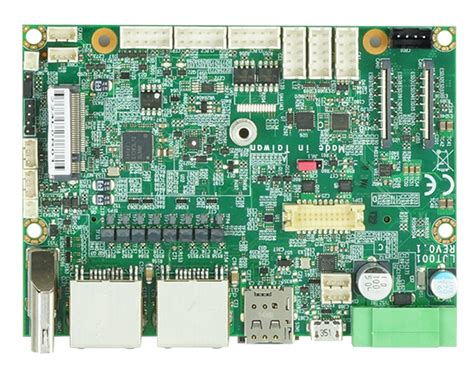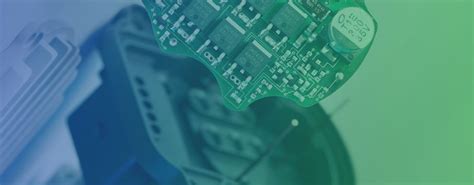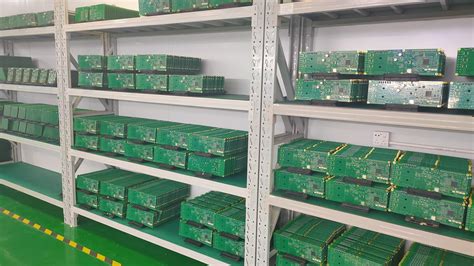Comprehensive Analysis of Fast PCB Assembly
Introduction
In the design and manufacturing process of modern electronic products, printed circuit boards (PCBs) are an indispensable core component. With the rapid development of science and technology, the market demand for electronic products is increasing. Fast PCB Assembly, as an efficient production method, has gradually become an important trend in the industry. This article will explore the definition, process, technology, advantages and future development trends of fast PCB assembly.
What is fast PCB assembly?
Fast PCB assembly refers to the process of completing the manufacturing and assembly of PCBs in a short time, usually including the design, production, welding and testing of components of PCBs. Compared with traditional PCB assembly methods, fast PCB assembly emphasizes efficiency and speed, aiming to shorten the time to market and meet the rapidly changing needs of the market.
Process of fast PCB assembly
The process of fast PCB assembly usually includes the following steps:
1.PCB design
In the first step of fast PCB assembly, design engineers use computer-aided design (CAD) software to design the circuit of PCB. The function, layout, signal integrity and other factors of the circuit need to be considered during the design process. After the design is completed, Gerber files and other documents required for production are generated.
2.PCB Manufacturing
PCB manufacturing is the process of converting the design into an actual circuit board. The process includes the following steps:
Material preparation: Select the appropriate PCB material, usually FR-4 or other high-performance materials.
Photolithography: Transfer the circuit pattern to the PCB substrate.
Etching: Remove the excess copper layer to form the circuit pattern.
Drilling: Drill holes for the pins and electrical connections of components.
Electroplating: Copper is plated in the holes and on the surface of the circuit to ensure electrical connection.
3.Component procurement
After the PCB manufacturing is completed, the next step of fast PCB assembly is the procurement of components. In order to speed up the assembly, reliable suppliers are usually selected for centralized procurement of components to ensure the quality of components and the timeliness of supply.
4.Assembly
The assembly process is the core link of fast PCB assembly, which mainly includes the following steps:
Patch: Use an automatic patch machine to accurately place surface mount components (SMD) on the PCB.
Soldering: Use technologies such as reflow soldering or wave soldering to fix components on the PCB.
Testing: Perform functional tests on the assembled PCB to ensure that it works properly.
5.Packaging and delivery
Finally, the PCBs that have passed the test will be properly packaged and delivered to customers on time or enter the next production process.
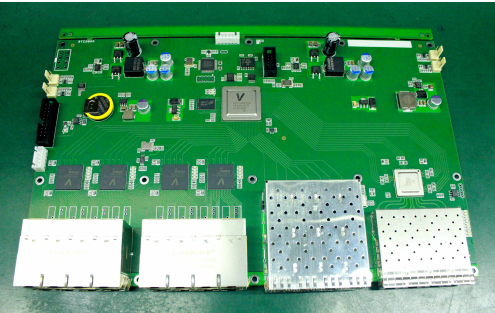
Technology of rapid PCB assembly
Rapid PCB assembly relies on a variety of advanced technologies to improve production efficiency and product quality. Here are some key technologies:
1.Automated equipment
Modern rapid PCB assembly usually relies on highly automated equipment such as automatic placement machines, reflow machines, and automatic testing equipment. These equipment can greatly improve production efficiency and reduce human errors.
2.3D printing technology
3D printing technology plays an important role in rapid prototyping. Designers can quickly produce samples of PCBs for testing and verification, thereby shortening the product development cycle.
3.Computer-aided design (CAD)
The use of CAD software makes PCB design more efficient and accurate. Designers can quickly modify circuit diagrams and perform simulation tests to ensure the feasibility of the design.
4.Internet of Things (IoT) technology
The application of IoT technology makes data collection and analysis in the production process more convenient. By real-time monitoring of production status, enterprises can promptly identify problems and make adjustments to improve production efficiency.
Advantages of fast PCB assembly
Fast PCB assembly has the following significant advantages over traditional assembly methods:
1.Shorten delivery time
Fast PCB assembly can complete the entire process from design to production in a shorter time, allowing enterprises to quickly respond to market demand and shorten product time to market.
2.Reduce costs
Through automated equipment and efficient production processes, fast PCB assembly can effectively reduce production costs. At the same time, centralized procurement of components also helps to reduce material costs.
3.Improve product quality
In the process of fast PCB assembly, the use of advanced testing equipment and strict quality control measures can effectively improve the product qualification rate and reduce the rework rate.
4.Flexible response to market changes
The flexibility of fast PCB assembly enables enterprises to quickly adjust production plans to adapt to market changes and customer needs.
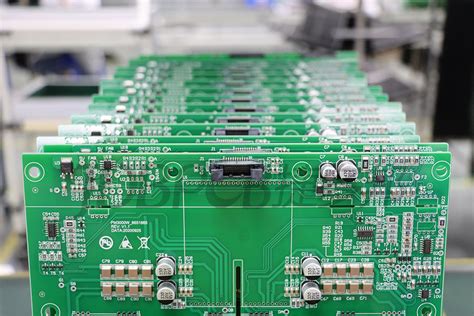
Challenges of fast PCB assembly
Although fast PCB assembly has many advantages, it also faces some challenges in actual operation:
1.Design complexity
As the functions of electronic products continue to increase, the complexity of PCB design has also increased. This poses a higher challenge to the professional skills and design tools of designers.
2.Supply Chain Management
Rapid PCB assembly requires efficient supply chain management to ensure timely supply and quality control of components. Delays in any link may affect the overall production schedule.
3.Technology Update
The technology in the electronics industry is rapidly updated, and companies need to continuously invest in new technologies and equipment to remain competitive. This is a challenge for both capital and human resources.
Future Development Trends
With the continuous advancement of science and technology, the future development trend of rapid PCB assembly is mainly reflected in the following aspects:
1.Intelligence
The future rapid PCB assembly will be more intelligent, with the help of artificial intelligence and big data analysis, to optimize the production process and improve production efficiency.
2.Green Manufacturing
The increase in environmental awareness has prompted companies to pay more attention to sustainable development in the PCB assembly process, adopt environmentally friendly materials and energy-saving technologies, and reduce the impact of production on the environment.
3.Personalized Customization
With the diversification of market demand, rapid PCB assembly will develop towards personalized customization to meet customers’ different needs for products.
4.Global layout
With the acceleration of globalization, enterprises will pay more attention to the construction of global supply chains and improve production capacity and market competitiveness through cross-border cooperation.
Conclusion
As an important part of the electronic manufacturing industry, rapid PCB assembly is gradually changing the traditional production methods with its high efficiency, flexibility and economy. Despite many challenges, the prospects for rapid PCB assembly are still broad with the continuous advancement of technology and changes in market demand. Only by constantly adapting to market changes and improving their own technical level and management capabilities can enterprises remain invincible in the fierce competition.

